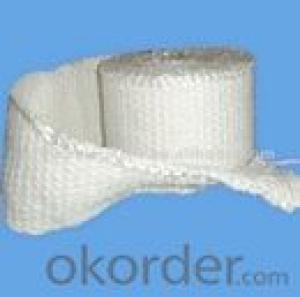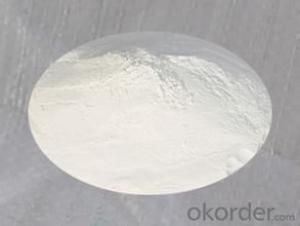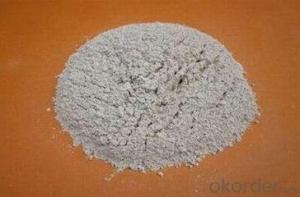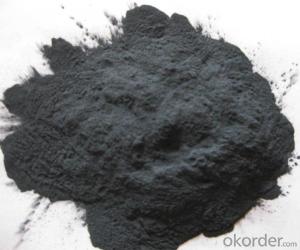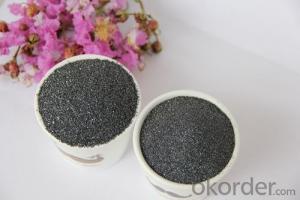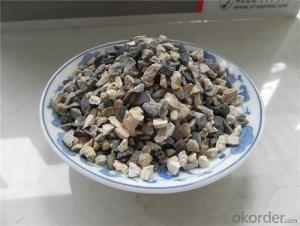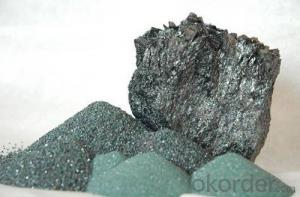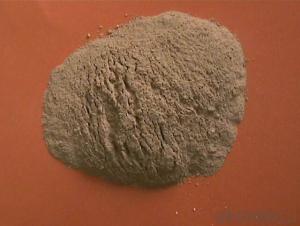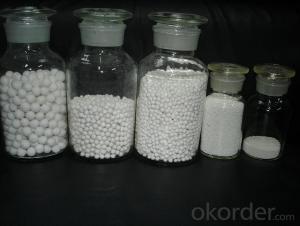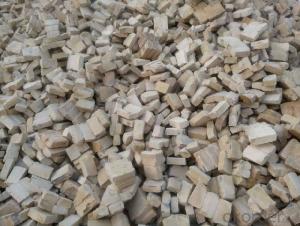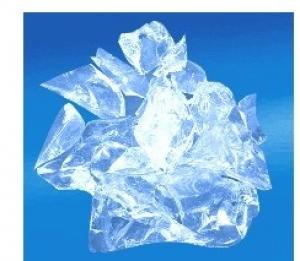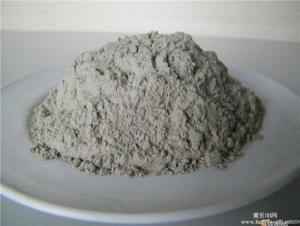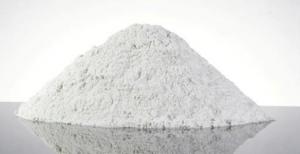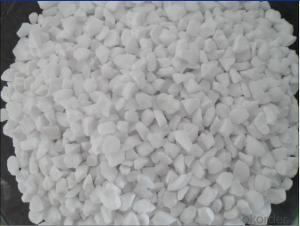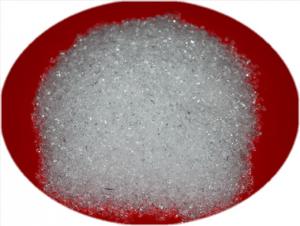All Categories
- - Steel Wire Rod
- - Steel Coils
- - Steel Profiles
- - Steel Pipes
- - Stainless Steel
- - Tinplate
- - Special Steel
- - Steel Sheets
- - Steel Rebars
- - Steel Strips
- - Hot Rolled Steel
- - Cold Rolled Steel
- - Pre-painted Steel
- - Seamless Steel Pipe
- - Welded Steel Pipe
- - Hollow Steel Tubes
- - Galvanized Pipe
- - Stainless Steel Coil
- - Stainless Steel Sheet
- - Stainless Steel Plate
- - Stainless Steel Strips
- - Electrolytic Tinplate Coil
- - Electrolytic Tinplate Sheet
- - Stainless Steel Rebars
- - Solar Panels
- - Solar Water Heater
- - Solar Related Products
- - Solar Inverter
- - Solar Cells
- - Solar Light
- - Solar Energy Systems
- - Solar Controllers
- - Solar Mounting System
- - Solar Pump
- - Solar Chargers
- - Fiberglass Chopped Strand
- - Fiberglass Mesh Cloth
- - Composite Pipes
- - FRP Pultrusion Profiles
- - Fiberglass Mat Tissue
- - Fiberglass Fabrics
- - Fiberglass Mesh
- - Composite Tank
- - Fiberglass Mesh tape
- - Polymer
- - FRP Roofing Panel
- - Fiberglass Roving
- - Monolithic Refractories
- - Ceramic Fiber Products
- - Refractory Bricks
- - Raw Materials For Refractory
- - Suspended Platform
- - Cranes
- - Concrete Machinery
- - Earthmoving Machinery
- - Building Hoist
- - Road Building Machinery
- - Plastic Pipe Fittings
- - Plastic Tubes
- - Plastic Sheets
- - Agricultural Plastic Products
- - Plastic Nets
Q & A
What are the advantages of using fused cast AZS in glass furnace linings?
Fused cast AZS (alumina-zirconia-silica) offers several advantages when used as a lining material in glass furnaces. Firstly, its high density and low porosity provide excellent resistance to corrosion, erosion, and chemical attack from molten glass, resulting in increased furnace life and reduced downtime for maintenance.
Secondly, fused cast AZS has a superior thermal shock resistance, allowing it to withstand rapid temperature changes within the furnace without cracking or spalling. This property ensures stable and consistent heating and cooling cycles, leading to improved glass quality and production efficiency.
Furthermore, the high refractoriness of AZS enables it to withstand extremely high temperatures, making it suitable for use in demanding glass melting processes. Its excellent mechanical strength and dimensional stability ensure the integrity of the furnace structure, preventing deformation or collapse under the weight of the glass charge.
Additionally, fused cast AZS offers good resistance to build-up of glass batch materials, reducing the need for frequent cleaning and minimizing the risk of glass defects caused by contamination.
Overall, the advantages of using fused cast AZS in glass furnace linings include enhanced durability, thermal shock resistance, high temperature capability, and resistance to glass batch build-up, all of which contribute to improved furnace performance, extended service life, and higher quality glass production.
What is the purpose of calcium oxide in refractory materials?
The purpose of calcium oxide in refractory materials is to act as a fluxing agent, helping to lower the melting point of the materials and improve their overall workability and performance at high temperatures. It also assists in forming a stable and protective oxide layer on the surface of the refractory material, making it more resistant to corrosion and erosion.
What are the raw materials used in the production of magnesia refractories?
The raw materials used in the production of magnesia refractories are mainly magnesite (magnesium carbonate) and dolomite (magnesium calcium carbonate). These minerals are heat-treated to obtain the desired refractory properties necessary for applications in high-temperature environments.
What are the main sources of silimanite in refractory raw materials?
The main sources of sillimanite in refractory raw materials are natural deposits found in metamorphic rocks, particularly in high-grade metamorphic regions.
Wholesale Raw Materials For Refractory from supplier in Brazil
Our team of experts is committed to delivering exceptional customer service, ensuring that your needs are met efficiently and effectively. Whether you require high-quality refractory raw materials for steel production, cement manufacturing, or other industrial applications, we have the right products to meet your specifications.
In addition to our wide range of products, we offer competitive pricing, timely delivery, and flexible payment options to ensure a seamless procurement process. We understand the importance of a reliable supply chain and work closely with trusted manufacturers to ensure consistent quality and availability.
Furthermore, our technical support team is readily available to provide guidance and assistance throughout your project. We can help you select the most suitable raw materials for your specific application, provide technical data sheets, and offer recommendations for optimal usage.
At our company, we prioritize customer satisfaction and strive to build long-term relationships based on trust and mutual success. We are constantly expanding our product portfolio to meet the evolving needs of the Brazilian market, and we are dedicated to continuously improving our services to exceed your expectations.
Contact us today to learn more about our extensive range of raw materials for refractory and discover how we can contribute to the success of your projects in Brazil.
In addition to our wide range of products, we offer competitive pricing, timely delivery, and flexible payment options to ensure a seamless procurement process. We understand the importance of a reliable supply chain and work closely with trusted manufacturers to ensure consistent quality and availability.
Furthermore, our technical support team is readily available to provide guidance and assistance throughout your project. We can help you select the most suitable raw materials for your specific application, provide technical data sheets, and offer recommendations for optimal usage.
At our company, we prioritize customer satisfaction and strive to build long-term relationships based on trust and mutual success. We are constantly expanding our product portfolio to meet the evolving needs of the Brazilian market, and we are dedicated to continuously improving our services to exceed your expectations.
Contact us today to learn more about our extensive range of raw materials for refractory and discover how we can contribute to the success of your projects in Brazil.
Hot Search
- Monolithic Refractories in Bangladesh
- Ceramic Fiber Products in Timor Leste
- Refractory Bricks in Mauritius
- Raw Materials For Refractory in Hungary
- Monolithic Refractories in Malaysia
- Monolithic Refractories in Swaziland
- Monolithic Refractories in Cyprus
- Refractory Bricks in Estonia
- Raw Materials For Refractory in Samoa
- Raw Materials For Refractory in United Arab Emirates
